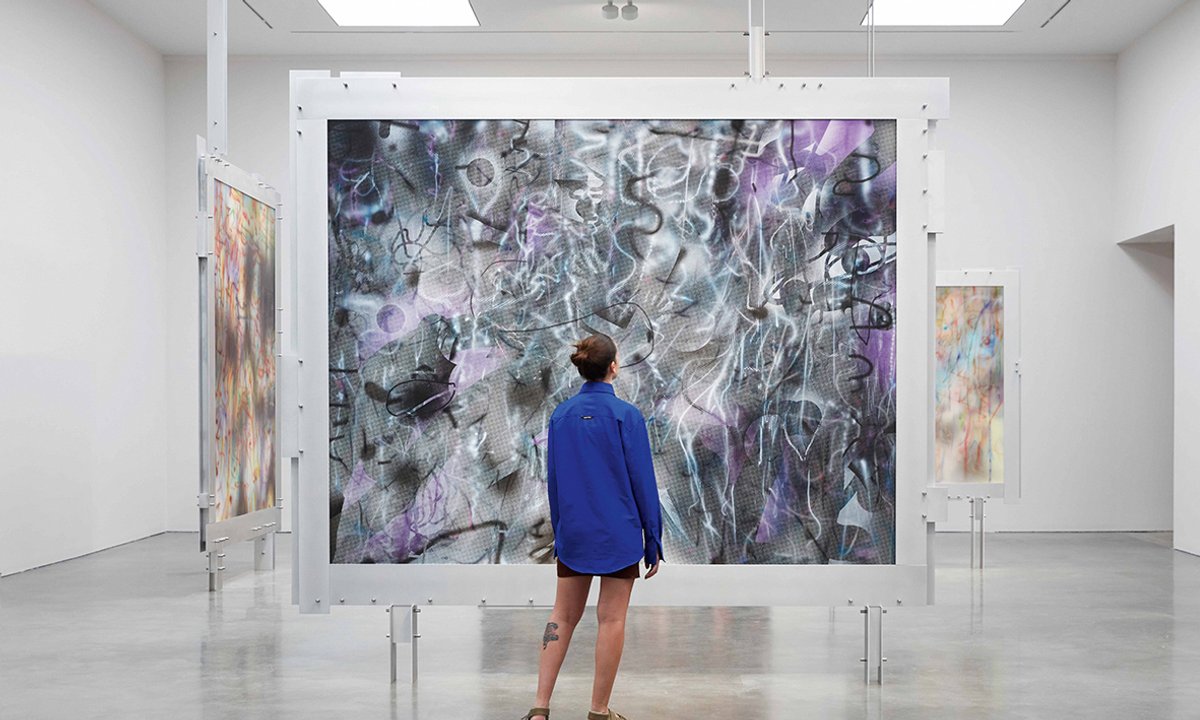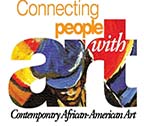Julie Mehretu, who currently has a show at the MCA, donated $2m to the Whitney Museum of American Art to enable free entry for young people Photo: Zan Wimberley; image courtesy Julie Mehretu and Museum of Contemporary Art Australia; © Julie Mehretu
As many free art museums around the world wrestle with the gnarly issue of whether to introduce a general admission fee, the Museum of Contemporary Art Australia (MCA) started charging adult visitors A$20 each from 31 January “to secure the museum’s future”.
The MCA’s director, Suzanne Cotter, who assumed her role in January 2022, announced the reversal of the Sydney museum’s free-admission policy in December. An MCA statement said that the institution “is looking to maintain free entry for under 18s and for Australian students”.
Under its previous director, who scrapped entry fees, the MCA’s annual visitor figures increased from 100,000 to more than one million a year www.bogdanlazar.ro
Cotter’s predecessor was the Scottish curator Elizabeth Ann Macgregor, whose 20-year directorship saw the MCA’s audience grow from fewer than 100,000 to more than a million a year. One of Macgregor’s first acts was to scrap the MCA’s entry fees.
All that has now ended. In overturning the MCA’s status as a fully open-access museum, a statement said, “the move has been introduced out of necessity to secure the museum’s future”.
But there was an ironic twist to the timing of Cotter’s announcement. Emblazoned across the front of the MCA’s harbour-front building is the name of Julie Mehretu, the superstar American artist and the subject of a major exhibition. Julie Mehretu: A Transcore of the Radical Imaginatory is on at the MCA until 27 April.
And the irony? It lies in the fact that, last year, Mehretu gave $2m to the Whitney Museum of American Art for the express purpose of helping to keep the New York landmark open free of charge to people aged 25 and younger. Mehretu declined to comment on the new fees at Sydney’s MCA when The Art Newspaper approached her studio in New York.
But her generous gift to the Whitney speaks volumes about Mehretu’s philosophy surrounding free access to art and culture. “You can’t have any conversations around diversity, equity and inclusion without providing access, and the culture can’t change and it can’t continue to grow without new and diverse voices having access to the culture being created at the moment,” Mehretu said in a statement at the time of her gift to the Whitney.
The Art Newspaper approached Macgregor, who also declined to comment.
The Australian businessman Simon Mordant also remained silent. Mordant contributed $15m towards the MCA’s 2012 extension. He chaired the MCA board between 2010 and 2020, and worked closely with Macgregor on successfully lifting the MCA’s profile.
Unlike many other Australian art museums, the MCA raises 85% of its recurrent funding. It relies on private philanthropy and its own commercial activities, and its government funding is limited. According to the museum itself, annual recurring government funding sits at A$4.36m, representing 14% of operating costs. The museum said funding is at the same level as it was in 2008. It has already taken the step of closing one day a week to ameliorate rising costs and inflation.
“Other museums are owned by the government and have funding levels which support free access—this is not the case for MCA Australia, which is funded at a fraction of the government-owned museums,” said the MCA chair, Lorraine Tarabay, in a statement.
Among those government-owned museums that do garner much higher levels of government funding, several that were approached by The Art Newspaper responded that they were not contemplating the introduction of general admission fees. (They do charge for ticketed shows, but the permanent collections and many other exhibitions are free.)
A spokesperson for the National Gallery of Australia said that the institution “is not considering the introduction of an admission fee”.
Michael Brand, the director of the Art Gallery of New South Wales, says: “The Art Gallery of New South Wales is committed to maintaining free entry seven days a week to ensure access for all visitors to the state’s art museum. Our spaces are first and foremost public spaces for the enjoyment and use of the people of New South Wales and our visitors. It is vital that we continue to give free access to the state’s art collection.”
Recent years have seen general admission fees rise in American museums such as New York’s Metropolitan Museum of Art, the Guggenheim and the Museum of Modern Art.
In the UK, where entry to most national museums is free, the art historian and critic Ben Lewis postulated in a column in The Art Newspaper that admission fees would create a more even culture and society. “What would you rather: have BP […] fund your museum, keep curator salaries at under £40,000 a year, have millions of uncatalogued items waiting for someone to filch and sell on eBay—or charge an admission fee?” Lewis wrote.
The artist, a member of the museum’s board of trustees, gave more than $2m to expand its free admission policy
With more than a million people through the doors annually since 2015, the museum is a case study in how to expand audiences
The revelation that New South Wales's tourism chief questioned the Sydney MCA's inclusion of a Yoko Ono show crosses a dangerous line

